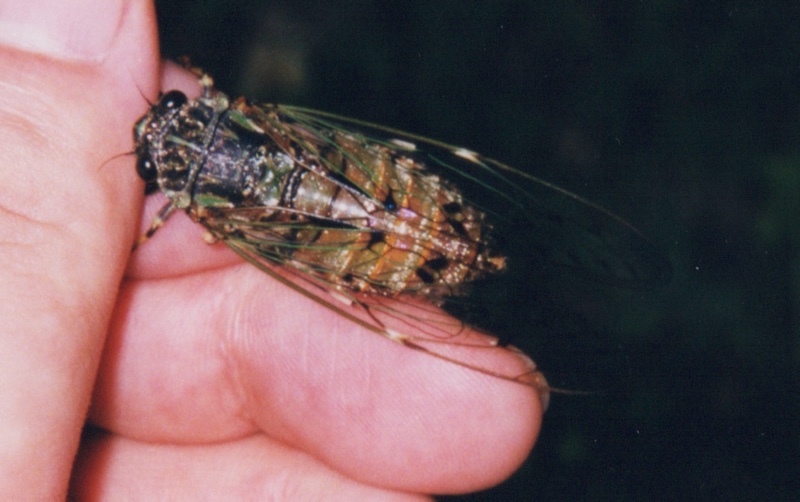Lyristes plebejus photos by Iván Jesús Torresano García. Spain.
Skip to part 1, part 2, part 4, or part 5.
This series features a molting Lyristes plebejus or Tibicen plebejus depending on who you ask.
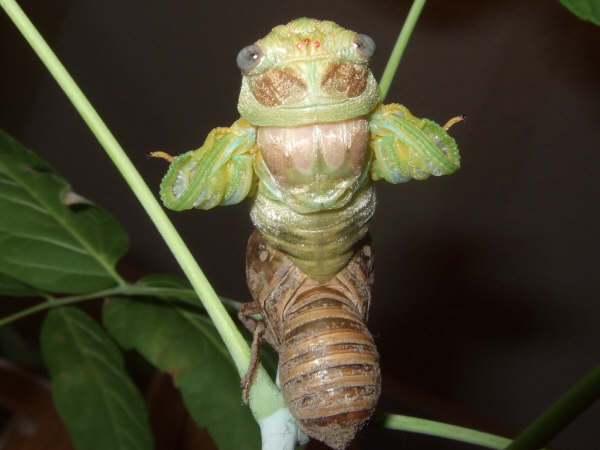
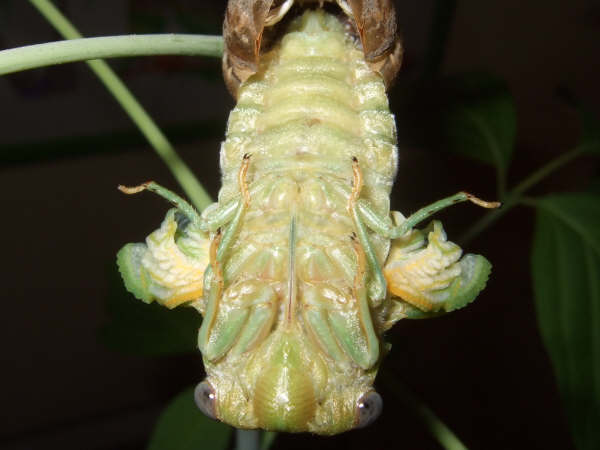
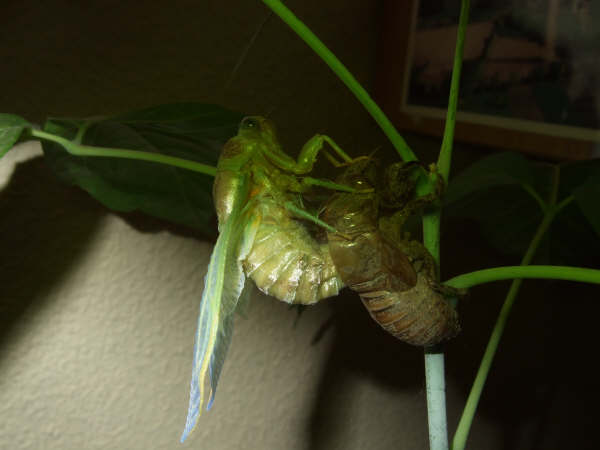
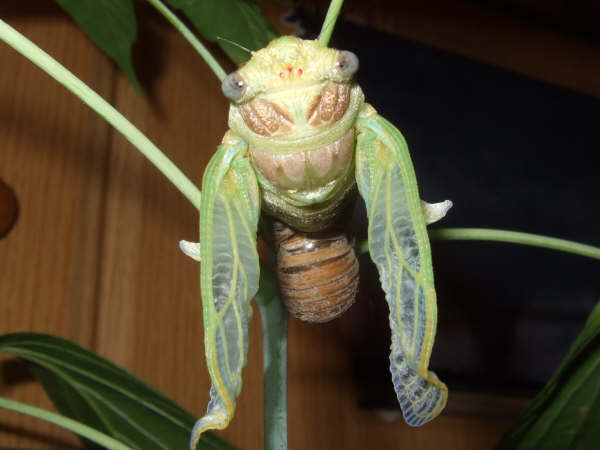
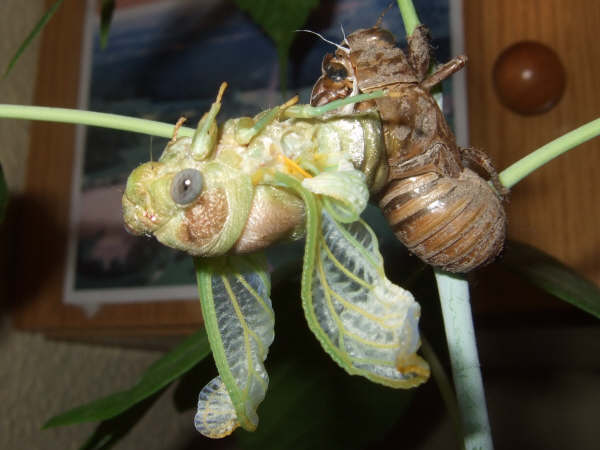
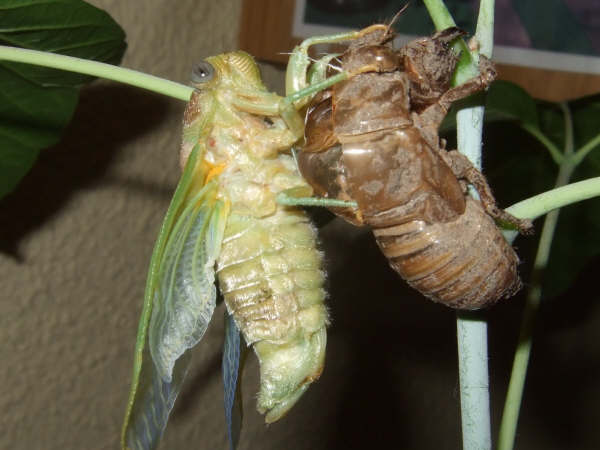
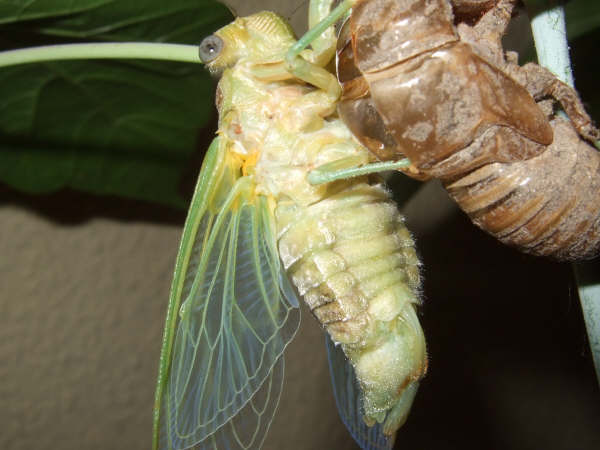
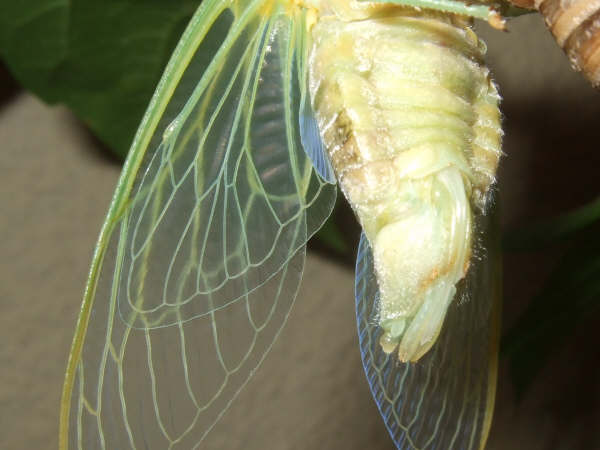
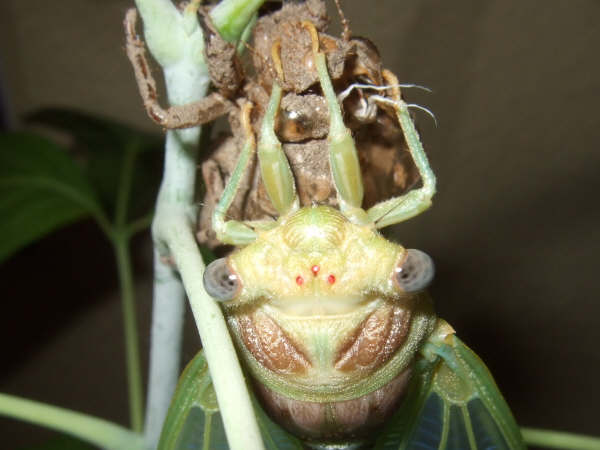
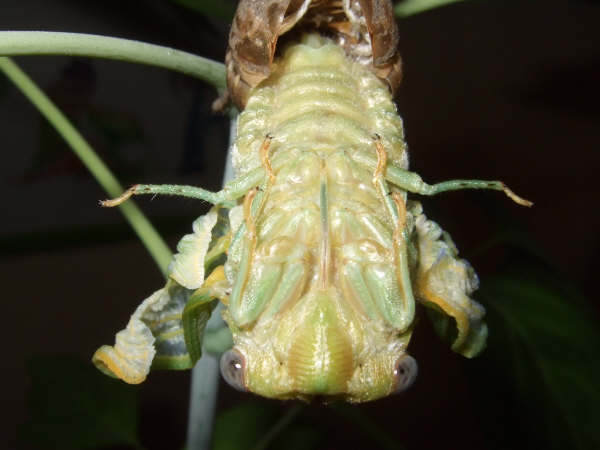
Locations where cicadas can be found, including countries and continents.
These photos compare female Swamp (Neotibicen tibicen tibicen) and Lyric (Neotibicen lyricen lyricen) cicadas. Photos by me (Dan Mozgai).
Ventral view. Females. Neotibicen tibicen tibicen top, Neotibicen lyricen lyricen bottom:
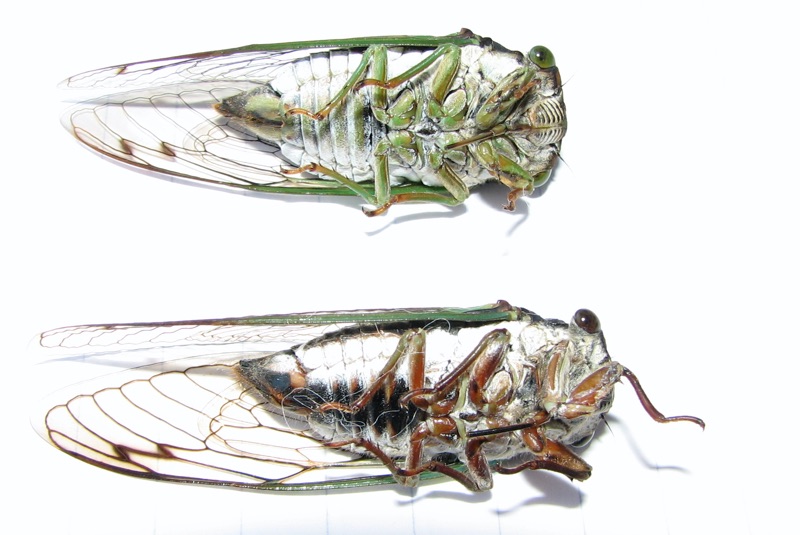
Dorsal view. Females. Neotibicen tibicen tibicen top, Neotibicen lyricen lyricen bottom:

Female Neotibicen lyricen lyricen:
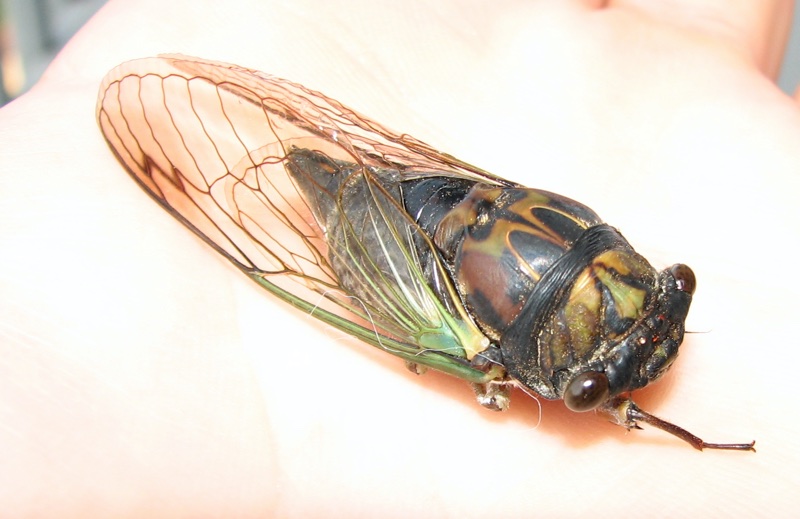
Female Neotibicen tibicen tibicen:
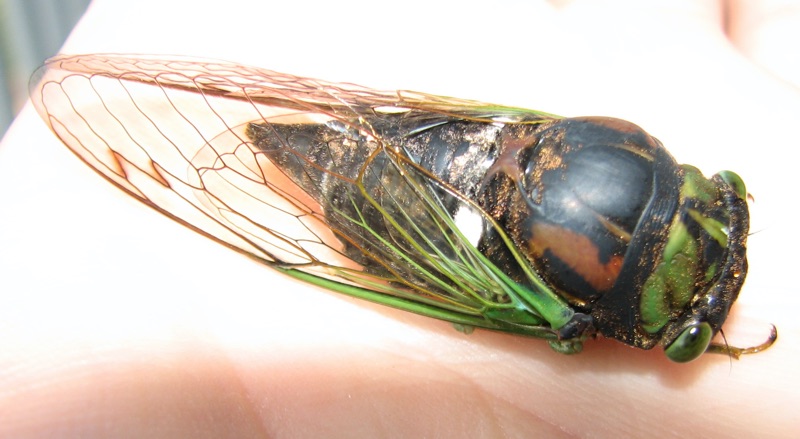
A Neotibicen tibicen tibicen (Swamp/Morning Cicada) from Raleigh, NC. Caught by Bill Reynolds. Caught by me (Dan Mozgai).
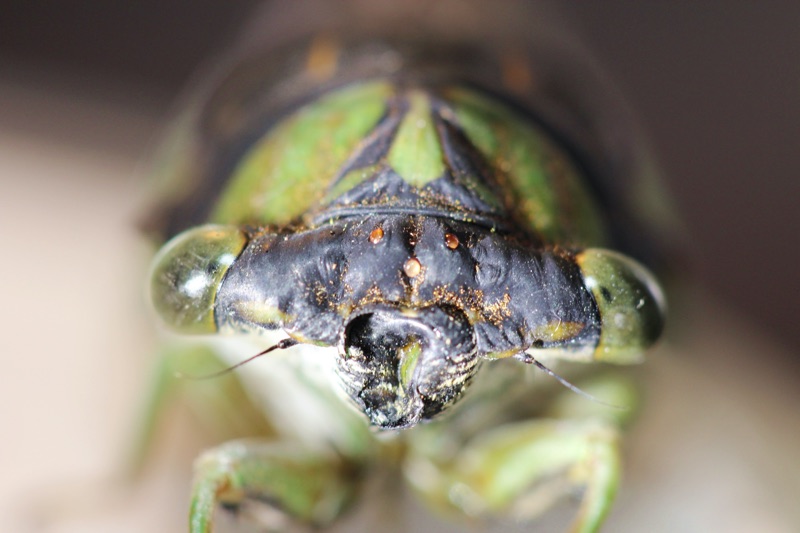
The next two photos compare the Swamp cicada from Raleigh with another from my collection (from New Jersey) with darker coloring.
Two Swamp Cicadas – dorsal view. Notice the variation in coloring.
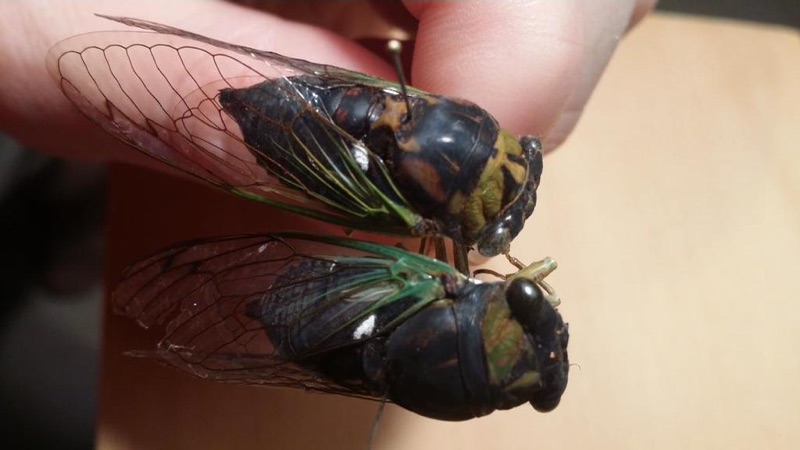
Two Swamp Cicadas – ventral view. Note the difference in the shape of the tymbal cover. The one from Raleigh has the pointed tymbal cover.
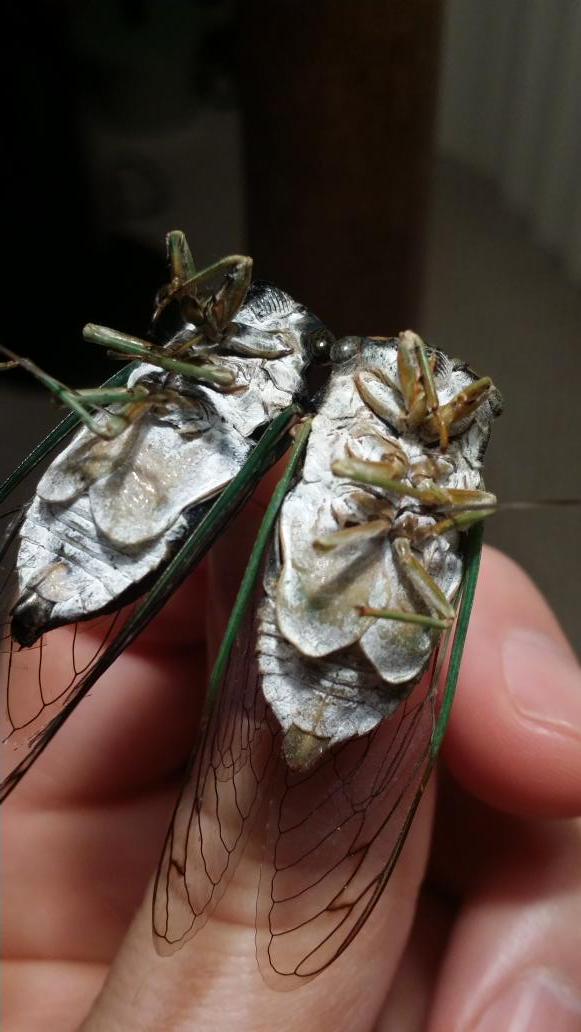
A Neotibicen winnemanna (Eastern Scissor(s) Grinder) from Garner, NC. Photos by me (Dan Mozgai). Caught by Bill Reynolds.
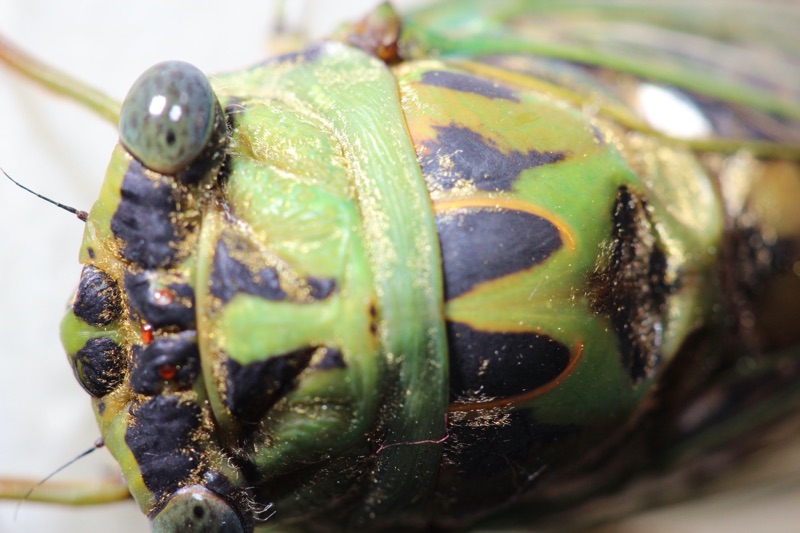
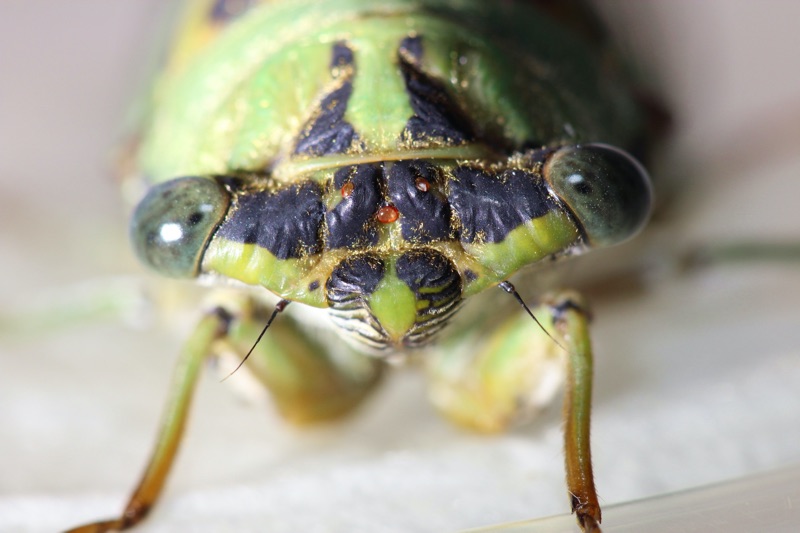
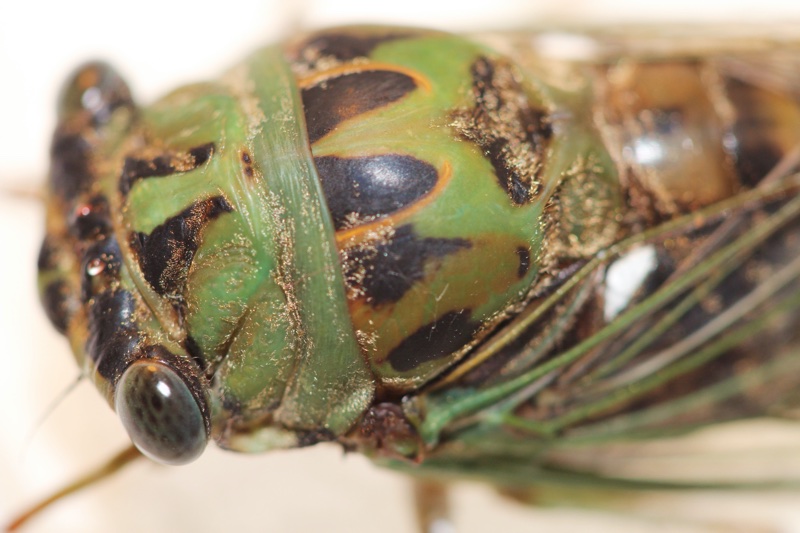
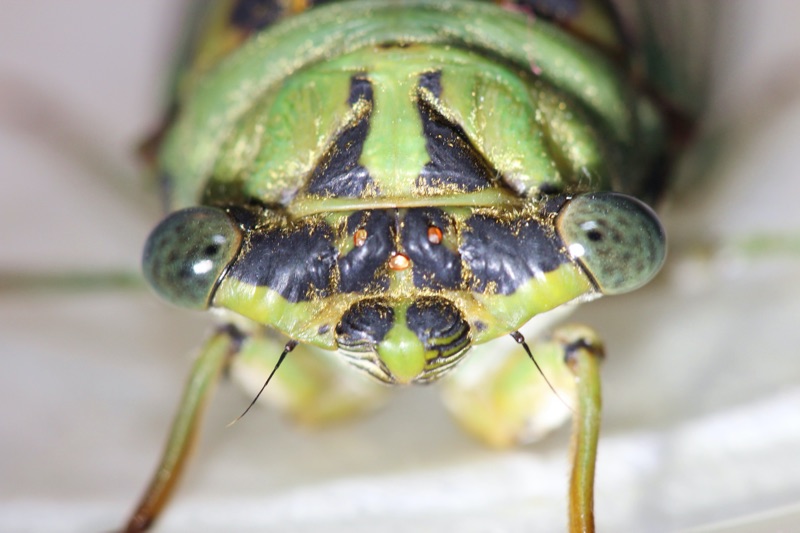
Neotibicen lyricen engelhardti (Dark Lyric Cicada) from Raleigh, NC. 2015. Photos by me (Dan Mozgai). Caught by Bill Reynolds.
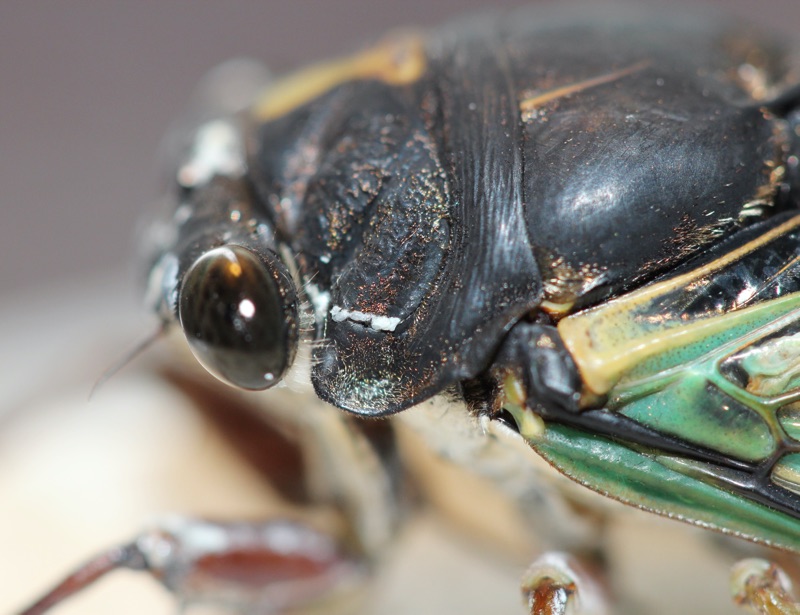
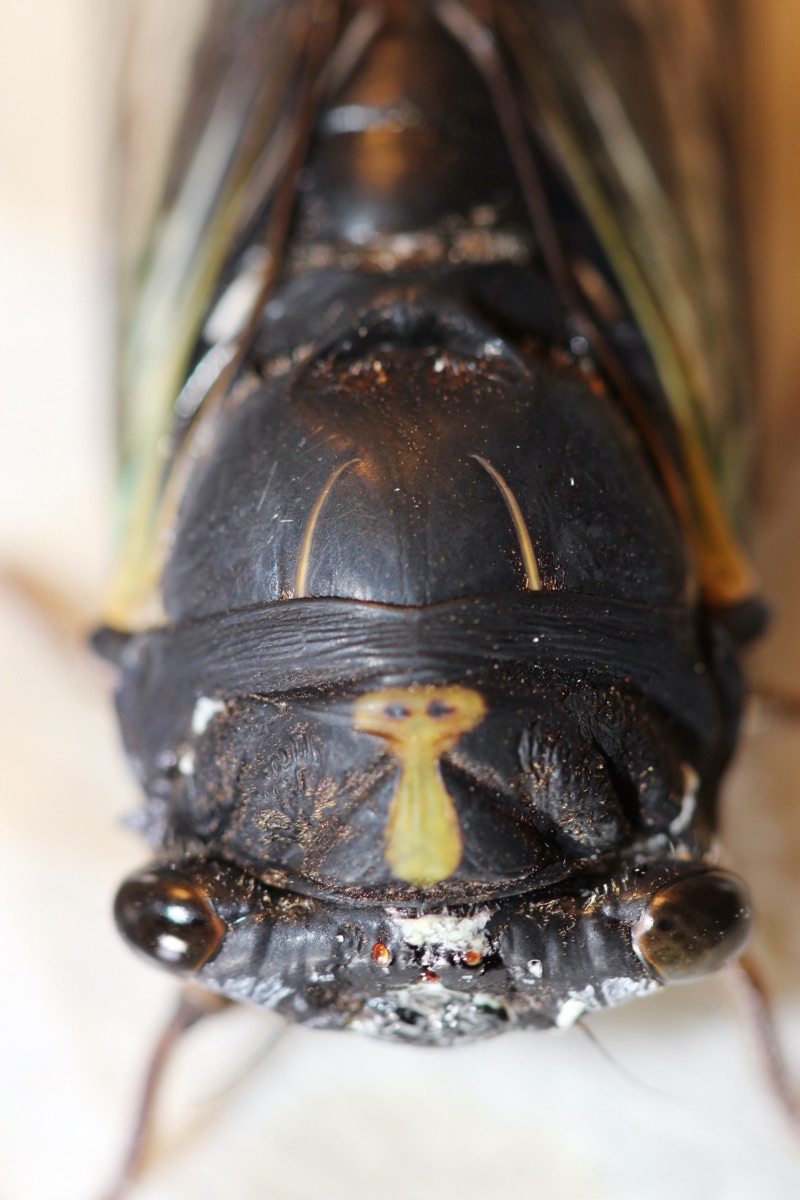
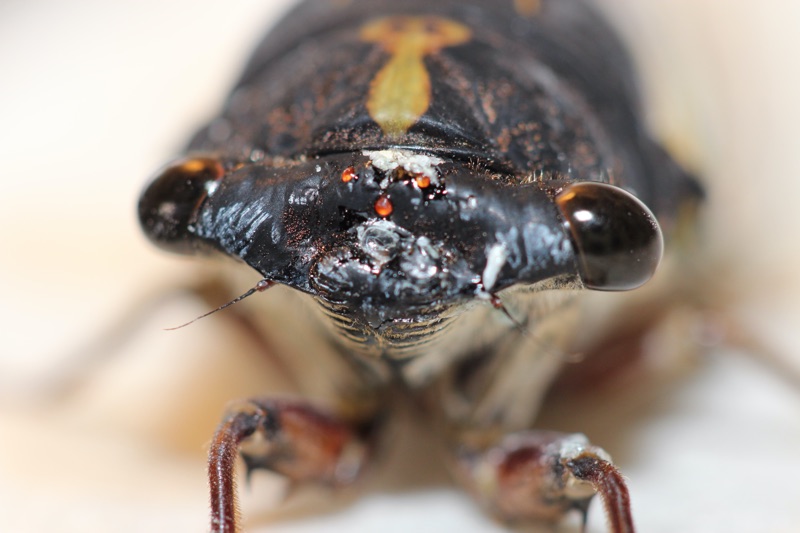
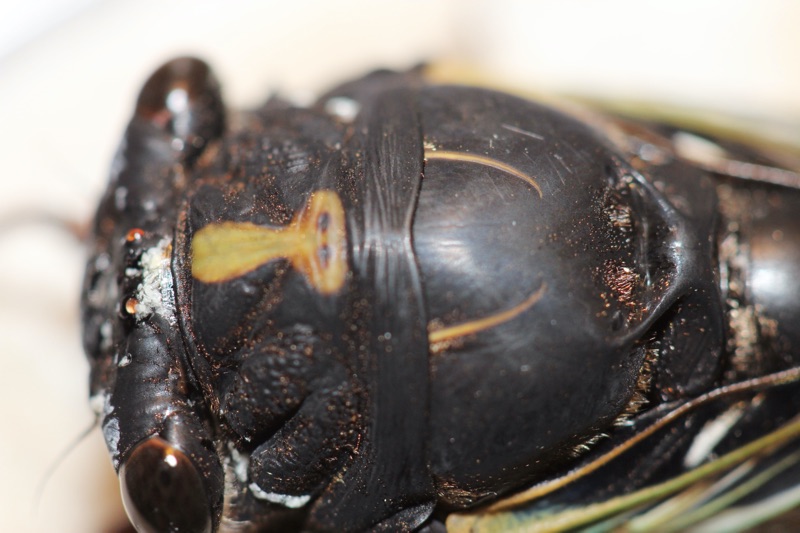
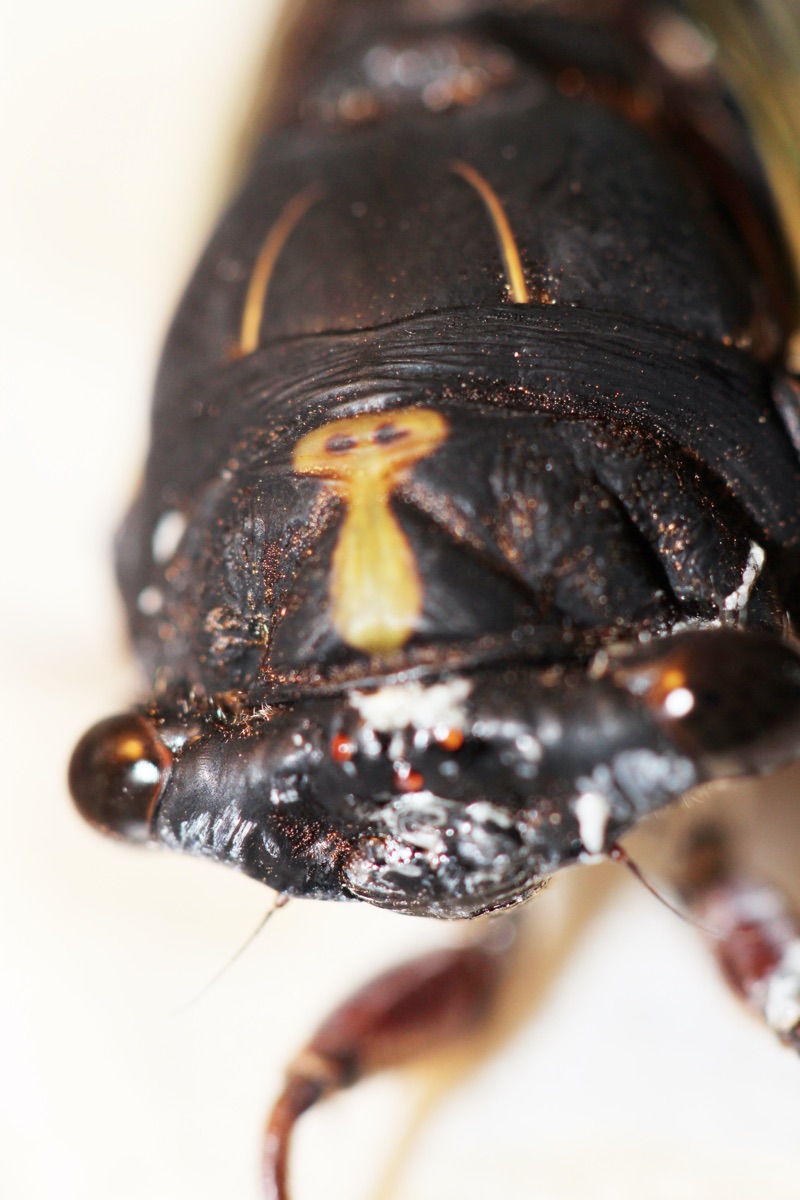
Some photos of False cicada chimneys by Santisuk Vibul. Bangkok, Thailand. 2010.
False Chimney photo by Santisuk Vibul:
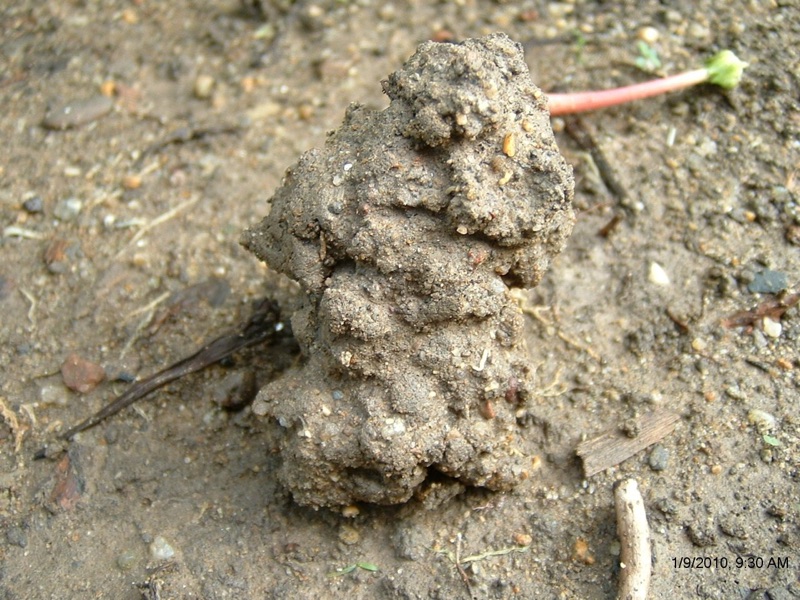
Split false chimney photo by Santisuk Vibul:
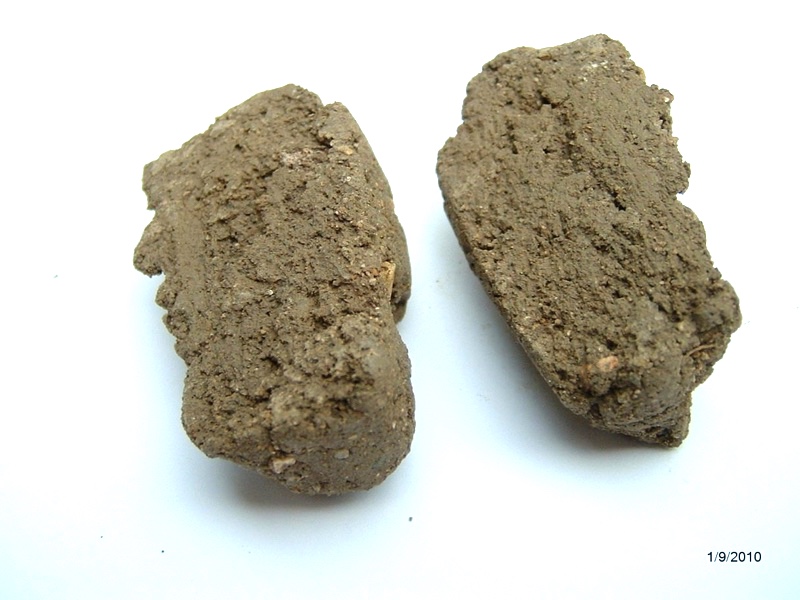
Tymbals of the cicada of Genus Dundubia by Santisuk Vibul. Thailand. 2008.
Tymbals of the cicada of Genus Dundubia, Bangkok, Thailand, 2008 by Santisuk Vibul Click the photos for larger versions Adult male cicada, Genus: Dundubia, Species: unidentified. Photo Taken: 19 March 2008. Adult male cicada, Genus: Dundubia, Species: unidentified. Photo Taken: 19 March 2008. Left tymbal after removing fore-wing, hind-wing and operculum.Note: Photos were taken from the dissected fresh specimen just after dead. Dissection was performed after putting the cicada into 70 percent methyl alcohol for 5 minutes. Left tymbal after removing fore-wing, hind-wing and operculum. Note: Photos were taken from the dissected fresh specimen just after dead. Dissection was performed after putting the cicada into 70 percent methyl alcohol for 5 minutes. The removed tymbal. The removed tymbal. Right operculum has been moved downward to show the right tymbal Right operculum has been moved downward to show the right tymbal. (The same cicada as above)
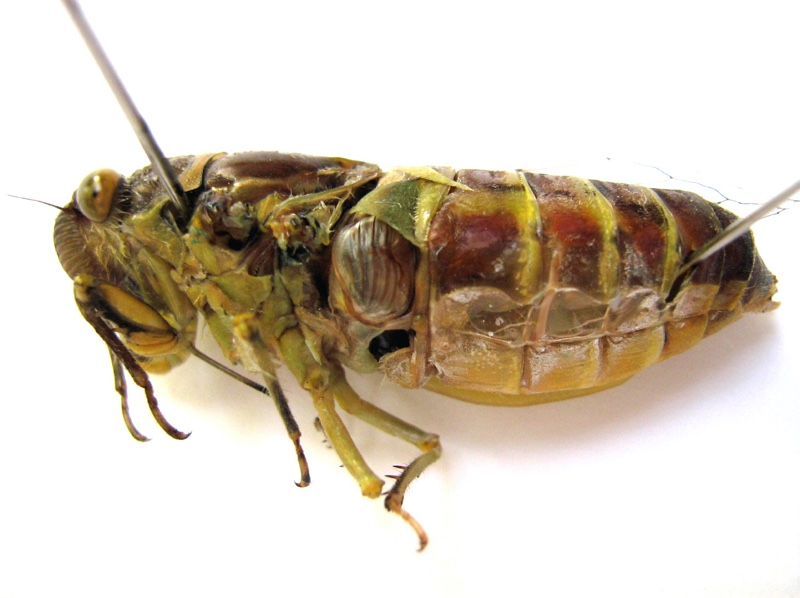
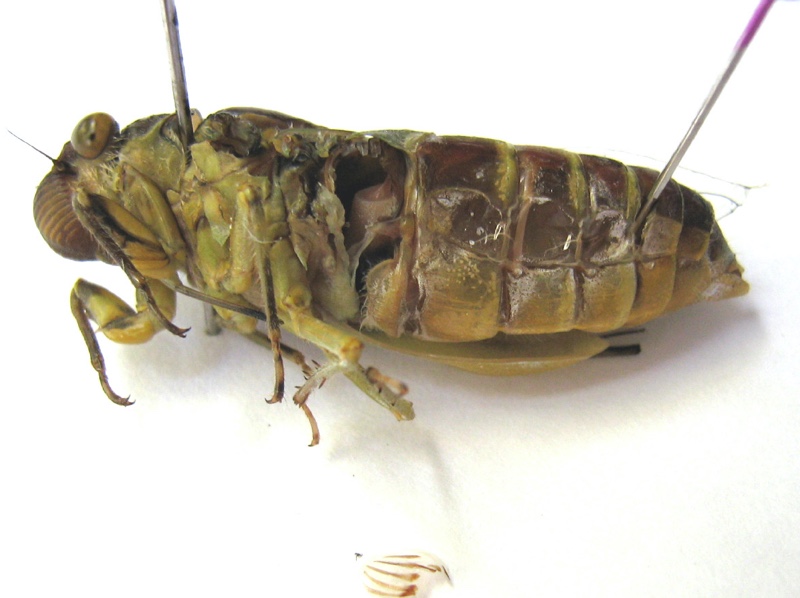
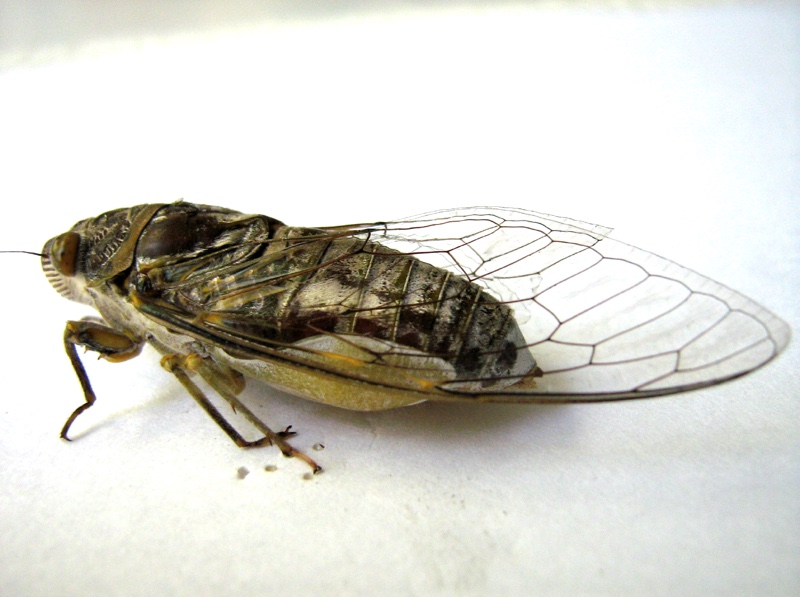
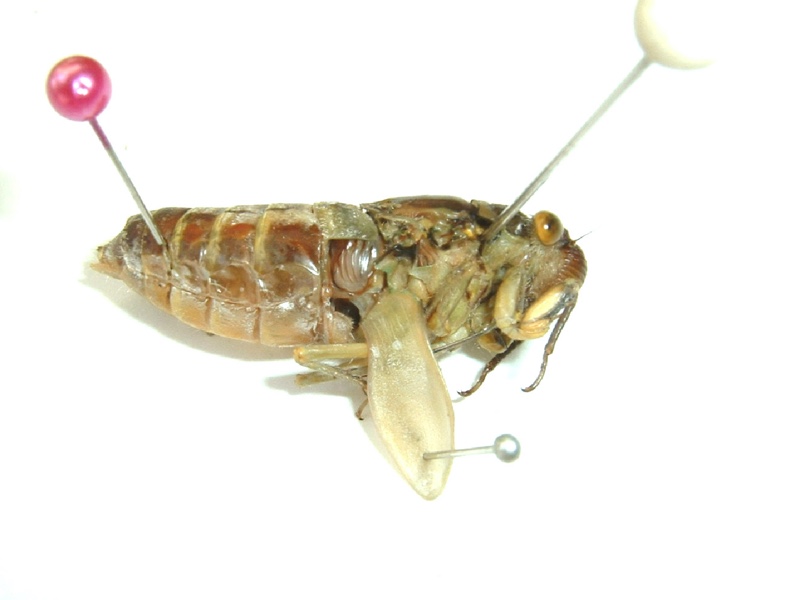
This gallery of cicada photos comes from Santisuk Vibul. Thailand. 2006.
“A cicada immature nymph in the track. I found it when I lifted up a cement plate from the ground near a mango tree.” Cicada chimney. “Cicada chimney. Photo taken while it was freshly built.” Cicada chimney. “A cicada mature nymph is emerging from the nymph skin.” Cicada chimney. “Newly emerged cicada.” Cicada chimney. “Emerging cicada. I caught a mature nymph which just came up from the ground and put it on a leaf for close observation.” Cicada chimney. “Newly emerged cicada. (The same cicada as above)” Cicada chimney. “Adult male cicada. Photo taken: April 15, 2006” Cicada chimney. “Adult female cicada. Photo taken: March 16, 2006” Images Copyright © 2006 Santisuk Vibul
Newly Emerged Cicada on a Tree:
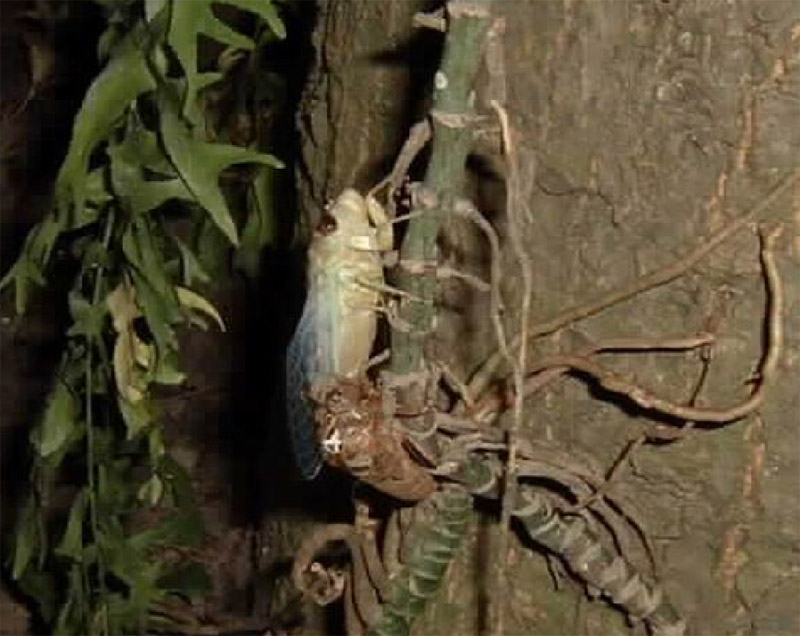
Newly Emerged:
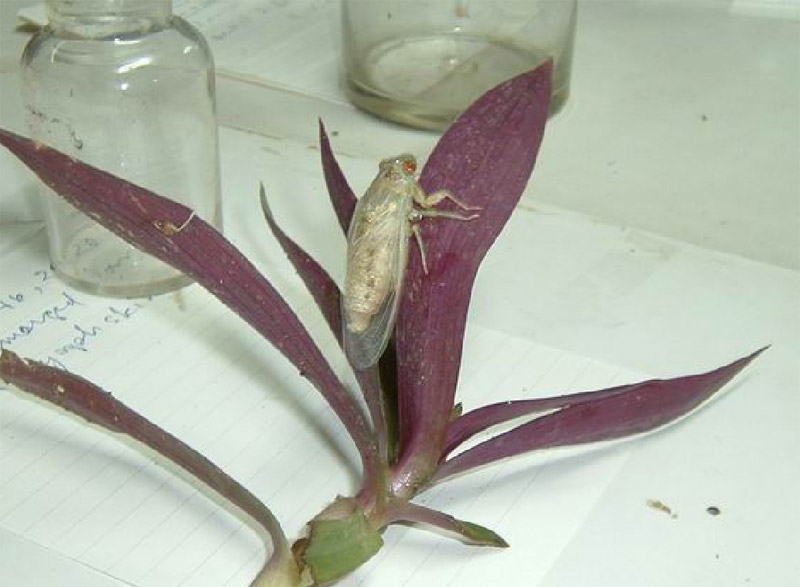
Immature nymph:
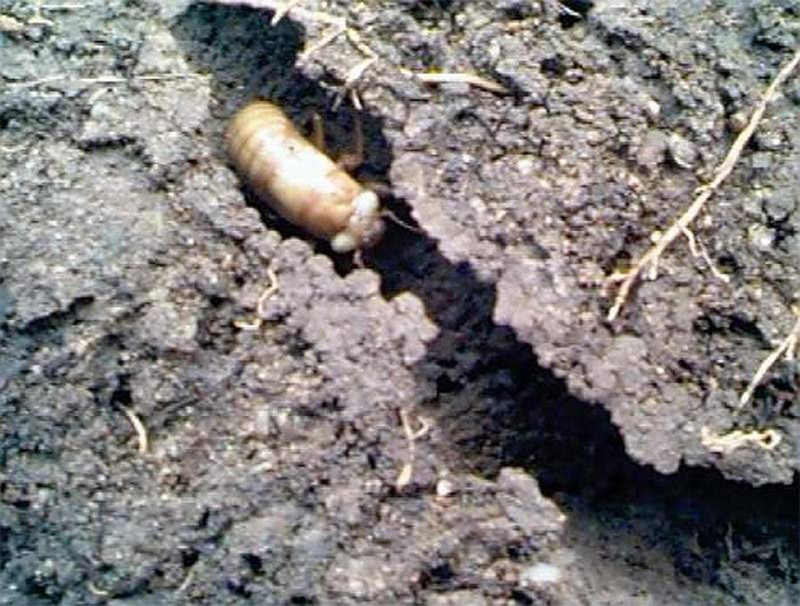
Cicada emerging on tree:
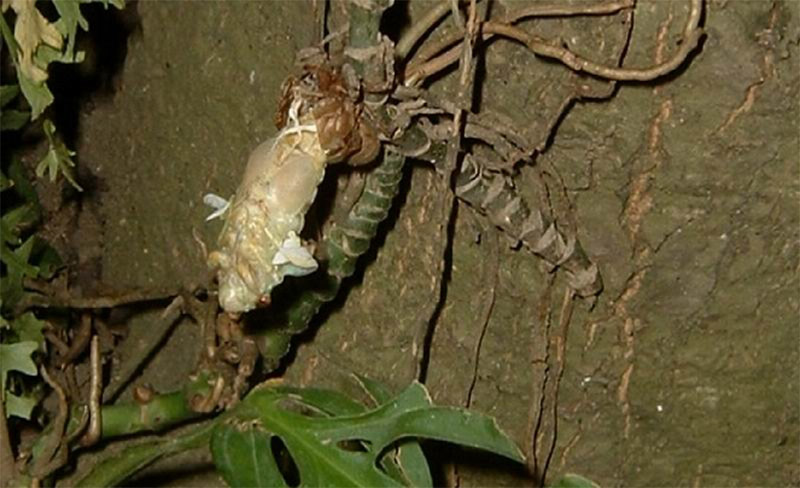
Cicada emerging:
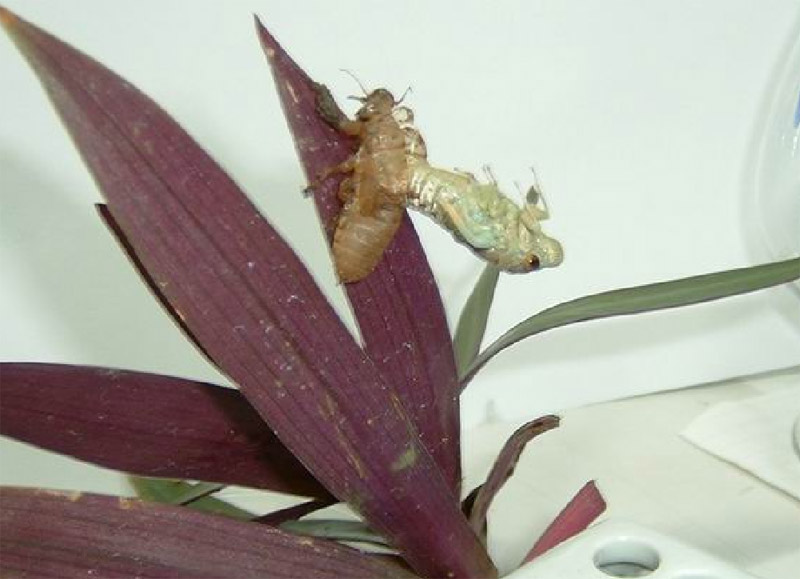
Cicada chimney:
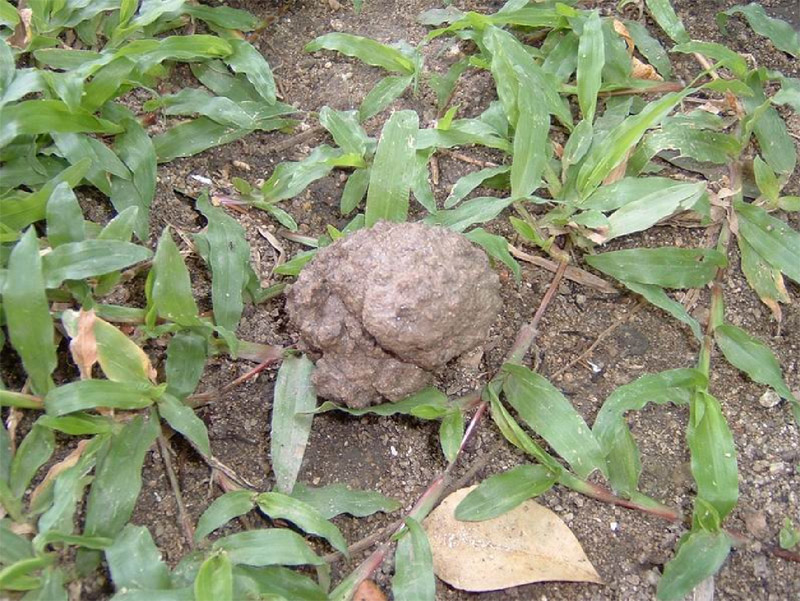
Cicada ventral view:
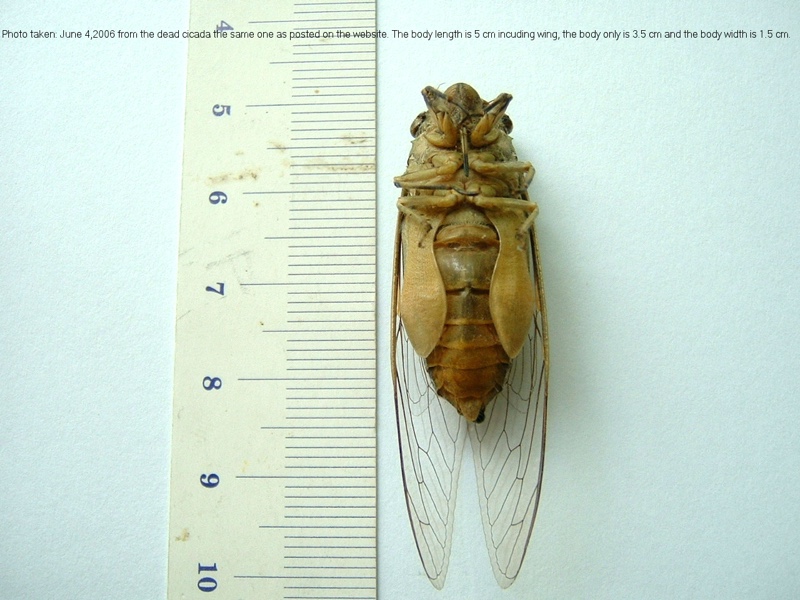
Adult Male Cicada:
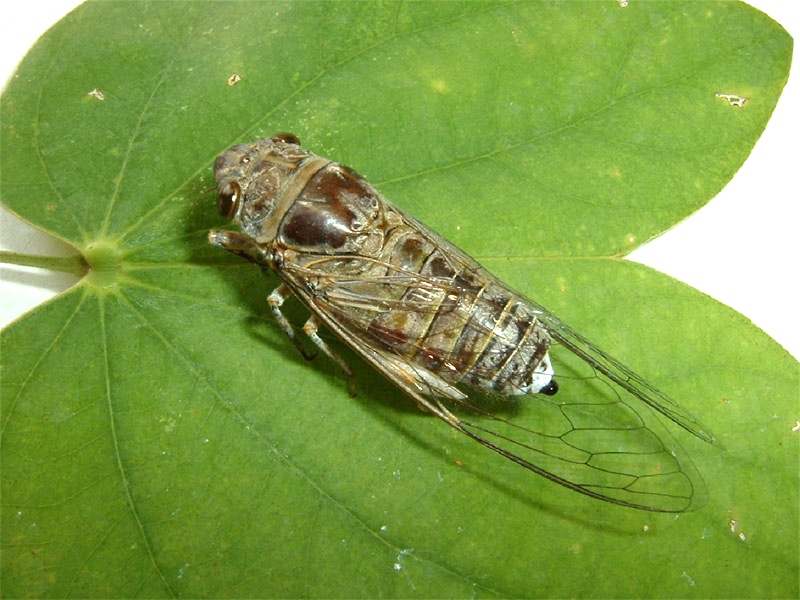
Adult Female Cicada:
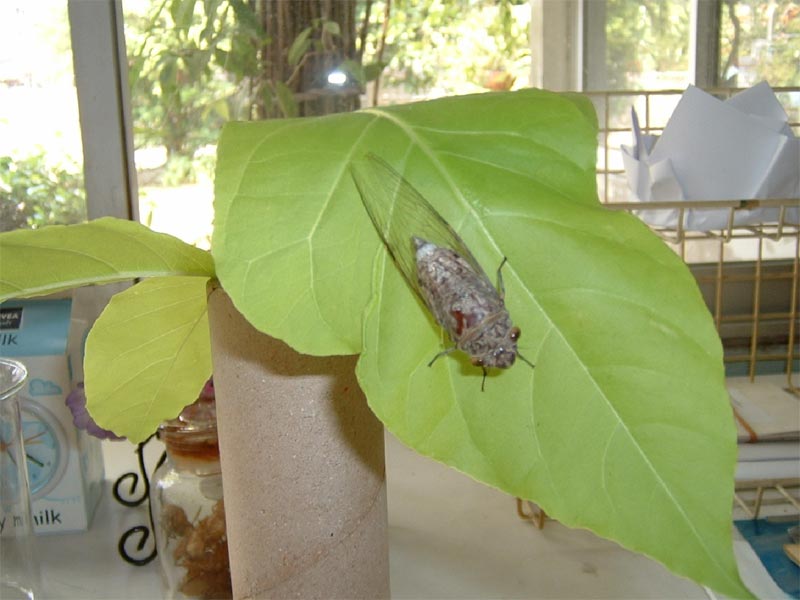
Hyalessa maculaticollis maculaticollis photo by Osamu Hikino. Japan.
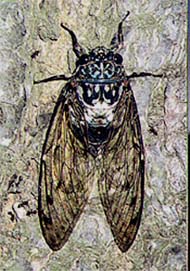
Male Yezoterpnosia nigricosta photo by Osamu Hikino. Japan.
